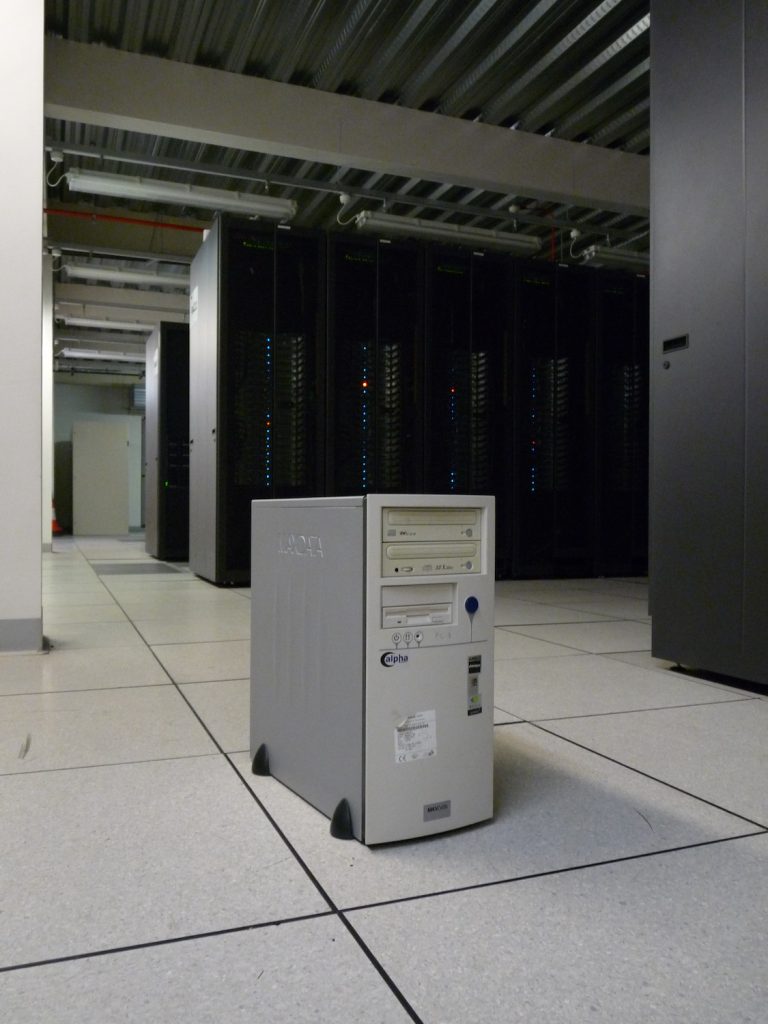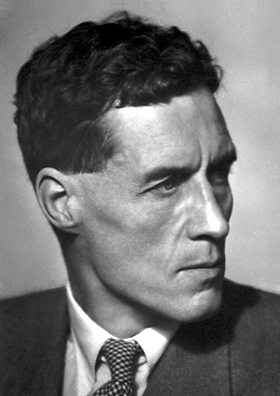The Blackett Computing Facility at the University of Manchester provides compute and storage for Particle Physics, Astronomy, and other STFC-funded sciences. It is operated by the Particle Physics group of the Department of Physics and Astronomy, and receives funding from STFC via GridPP and IRIS, and from the University.
It currently provides 13,300 processors and 10.2 PiB of available storage.
History of the facility

The facility grew from the Manchester Particle Physics Group’s programme of research and deployment of grid computing to address the computing requirements of the Large Hadron Collider experiments at CERN. Manchester was the first site in the UK and the third in the world to join the grid in December 2001, and at the time the site consisted of a single machine rather than rows and rows of racks.
Since 2005 the Facility has established itself providing a major Tier-2 site to the Worldwide LHC Computing Grid, as part of the UK’s GridPP project.
More recently, the Facility hosts equipment funded by IRIS for UK Particle Physics, Astronomy, and other STFC supported sciences, and we do data processing and simulation for DUNE, SKA, LSST and other projects supported by IRIS and GridPP beyond the LHC experiments.
In addition to the Tier-2 Service for WLCG, GridPP, and IRIS, we host equipment funded by the Particle Physics Group as the Manchester Analysis Facility (MAF) service for local users requiring batch processing and bulk storage. The Tier-3 service for interactive use by Manchester staff and students is also now based on the Blackett Facility’s infrastructure for managing hardware and software.
Patrick Blackett

The Facility is named after Patrick Maynard Stuart Blackett, who was head of the Schuster Laboratory in Manchester and Langworthy Professor of Physics here from 1937 to 1947. As well as his own scientific achievements in nuclear and particle physics, Blackett was instrumental in persuading Max Newman to come to Manchester and in obtaining the funding for the Computing Machines Laboratory which created the world’s first stored program computer in 1948. It was also Blackett who obtained temporary permission for Bernard Lovell to use the University’s botany facility at Jodrell Bank in Cheshire for a few weeks in 1945. This was originally to use radio methods to detect cosmic rays, and grew into the Jodrell Bank Observatory and is now also the site of the Square Kilometre Array headquarters.